There are plenty of tried-and-true options for plugging a punctured tire or patching a tube, but what about filling the tire with air after the repair? Which roadside tire-inflation method is the best?
When it comes to airing up a flat tire, there are several common options and one no-so-common strategy. You’ve got the ubiquitous CO2 canisters, motorized inflators that run off the bike’s battery, the new breed of motorized inflators that run off their own batteries, bicycle pumps, and a DIY contraption called a scavenge hose, which is essentially a siphon that allows you to push pressure from an inflated tire into your flat tire.
To figure out how these inflation options compare, I used each of them to air up a 160-series tire from dead flat to 30 PSI. That's lower than the recommended pressure for most street bikes, but plenty to ride on to get home or to a shop.
As with any race, speed is the ultimate factor, but our ranking also takes into consideration price, as well as other factors that affect packability, durability, and convenience.

My top pick: CO2
Compressed carbon-dioxide canisters are what come in many tire-repair kits, and for good reason. The cartridges are easy to pack and incredibly convenient: Four or five of the 16-gram variety will air up most full-size motorcycle tires in just a few minutes. When you need to get some pressure in your tire ASAP and get on with your day, CO2 fits the bill.
Time to inflate: 1 minute, 57 seconds
Price: $29 (four canisters at $3.50 each, plus $15 for the chuck)
Pros
- Quickest option here. Get aired up and back on the road fast
- Compact and light (cartridges are about two ounces each), so easy to pack
- Very durable. Can bounce around under your seat for ages without compromising function
Cons
- Canisters aren't cheap and they're one-and-done. If they leak during use or you don’t have enough to inflate your tire, you’re out of luck
- Not environmentally friendly: CO2 is a greenhouse gas and the empty canisters need to be disposed of
- Canisters get frosty cold as they decompress, so wear your gloves to avoid frostbite

Runner up: Lexin P5 Smart Pump battery-operated inflator
The miracle of this new breed of battery-operated inflator was first revealed to us while sweating over a bicycle pump on the side of a desert trail. The Lexin’s standalone functionality, quiet operation, and useful features make it incredibly convenient and functional. Its big drawbacks are price and weight, but if you’ve got the budget and the space, this thing is hard to beat. We could even see the Lexin replacing a small compressor in your garage if all you needed to do was occasionally air up your tires.
Time to inflate: 5 minutes, 43 seconds
Price: $70
Pros
- Most convenient. Set an inflation pressure and let it do its thing
- Quiet and cool operation
- Impressive battery life: Inflated the tire five times on one charge
- Integrated flashlight and USB port for charging electronics
Cons
- Expensive, large, and the heaviest option here at about one pound, three ounces
- Slow to inflate
- Once the battery is dead, you’re out of luck
- Complexity makes it more susceptible to damage and failure, even just from normal use

Also great: Bike-powered electric inflator
Motorized inflators that are powered by the bike’s battery have been around for decades, and come in many flavors. They offer an endless supply of air, run the gamut from $25 to well over $100, and offer various features like a flashlight or pressure gauge. This style of inflator tends to be bulky and loud, but many riders make room for one in their luggage because of the convenience and repeatability they offer.
Time to inflate: 5 minutes, 54 seconds
Price: $55 for the DynaPlug Micro Inflator tested here
Pros
- Convenient, especially if you’ve wired a plug to your bike’s battery
- Provides an inexhaustible air supply, as long as your bike’s battery has a charge
- Often integrate useful features like a flashlight or pressure gauge
Cons
- Slow to inflate
- Are often quite loud — keep your earplugs in!
- Usually pretty bulky. This DynaPlug pump, hose, and wiring weigh about 11 ounces
- Complexity makes it more susceptible to damage and failure, even just from normal use

Budget pick: Bicycle pump
If reliability and low weight take precedence over convenience and speed, a good old-fashioned positive-displacement pump is a great choice. Compact bicycle pumps are laborious to use, but they’re affordable and easy to pack. If you’re heading way off the beaten path with minimal cargo space, this is the way to go.
Time to inflate: 7 minutes, 41 seconds
Price: About $25
Pros
- Will keep doling out pressure as long as your arms are still working
- Affordable, light (4.5 ounces), and easy to pack
- Durable and reliable
Cons
- Inconvenient: It’s the slowest inflation option here, and the most work

MacGyver’s choice: Scavenge hose
If you’ve never heard of a scavenge hose, that’s because it’s impractical and not for sale anywhere that I’ve seen. However, it does work, and quickly. A scavenge hose is also cheap to assemble (especially if you already carry a siphon) and folds down into a flexible bundle that stows easily in a tool kit or under your seat. This isn’t a great primary inflation method since it requires a pressurized tire to donate air, but if you need the security of redundancy or just want to flex your MacGyver skills, assemble a scavenge hose.
Time to inflate: 1 minutes, 44 seconds (incomplete inflation)
Price: About $17, including purchase of 1/4-inch ID hose
Pros
- Quick and easy to use
- Affordable, light (just over two ounces), and easy to pack
- Doubles as a gas siphon
- Good backup to your primary inflation method
Cons
- Requires donor tires to do its thing, ideally a car or truck tire
- Robs Peter to pay Paul: Drained the front tire from 36 psi to 12, and only put 11 psi in the larger-volume rear tire
- You’ll have to roll your own. Search “barbed female Schrader fitting” online for the necessary parts
Final thoughts
Inflation is the crucial final step in repairing a puncture, and other than the scavenge hose all of these methods put 30 PSI in the tire, so all of them will work. However, they offer varying degrees of convenience and repeatability and take up different amounts of space in your luggage, so you need to assess your own priorities and go from there.
One thing’s for sure though, as long as you have one of these options handy, you won’t be left flat.


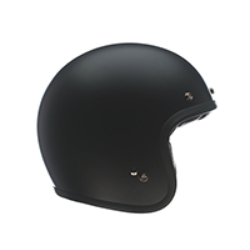

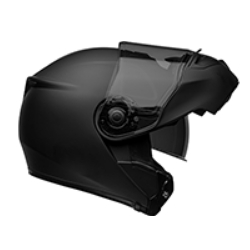

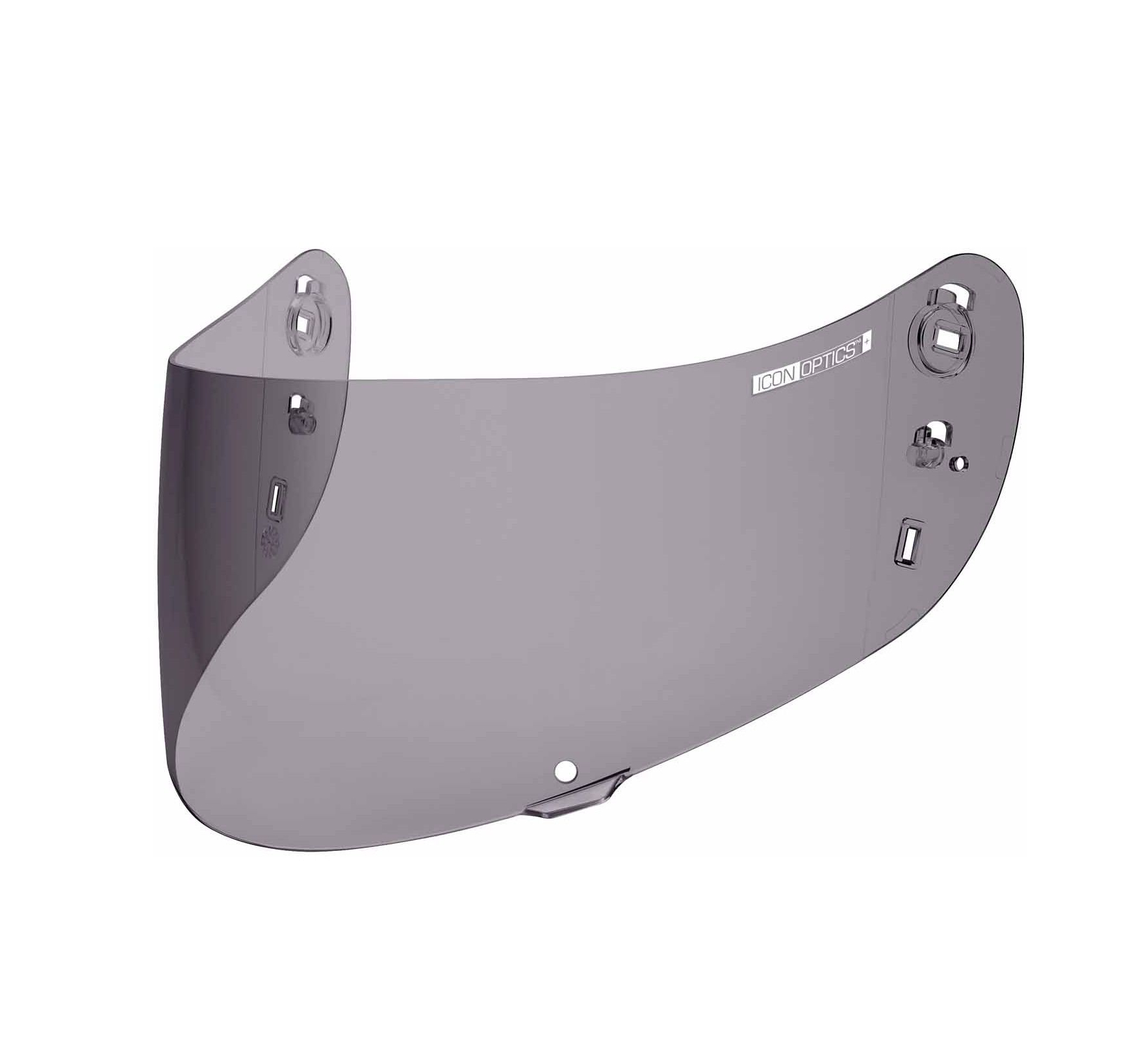
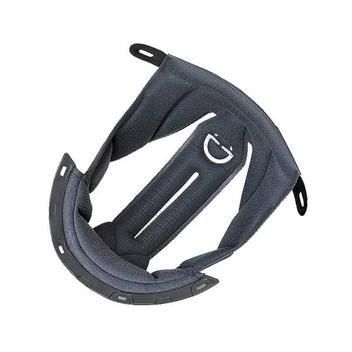
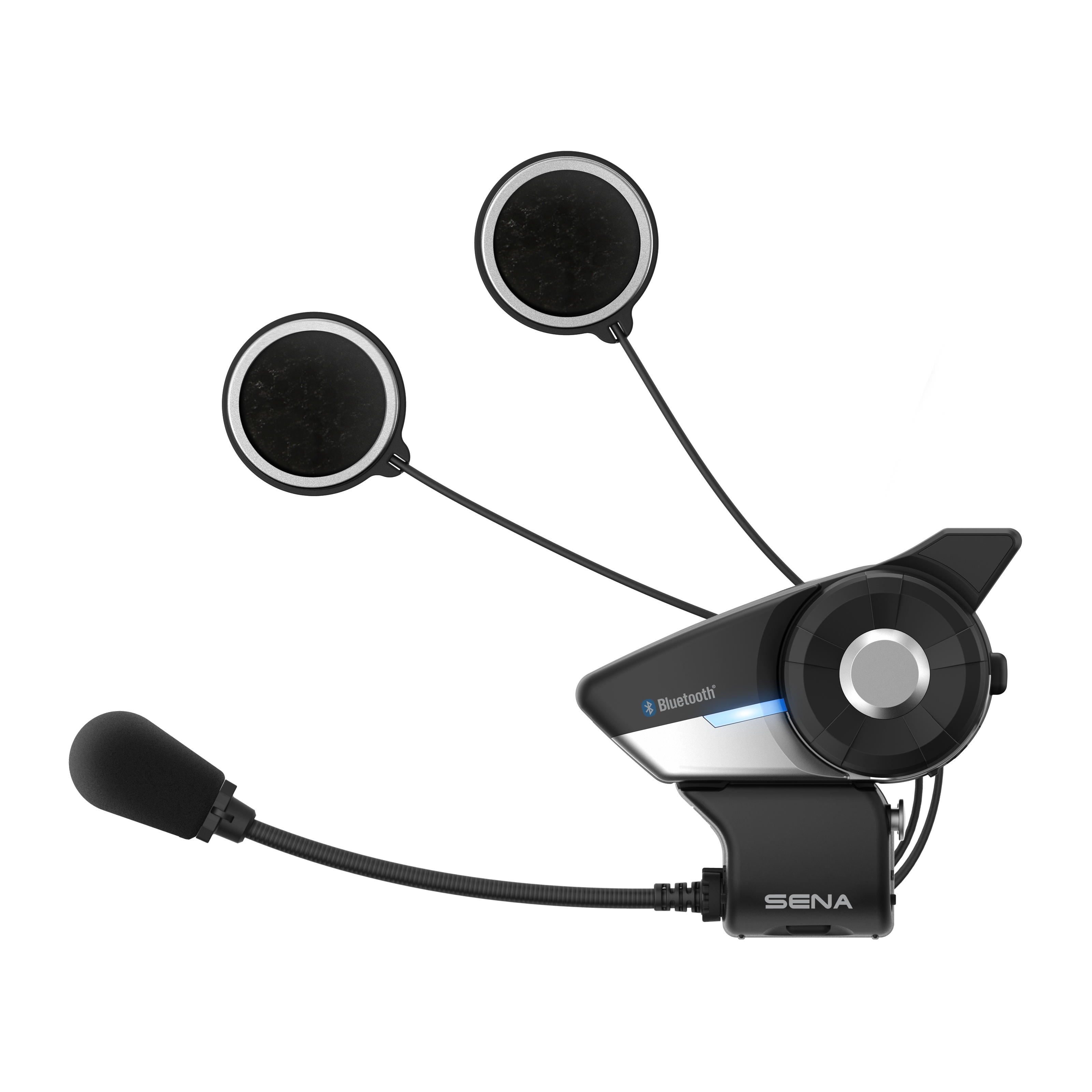


 Membership
Membership














